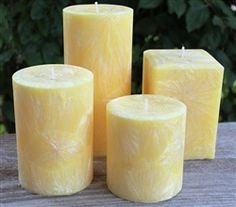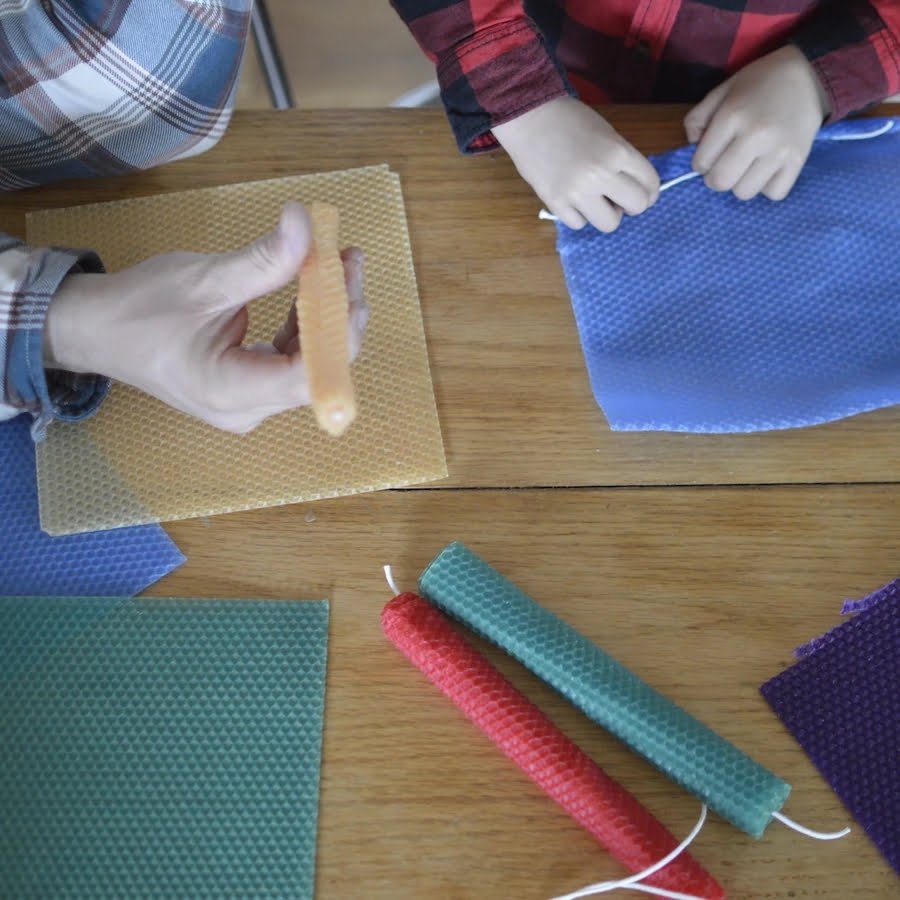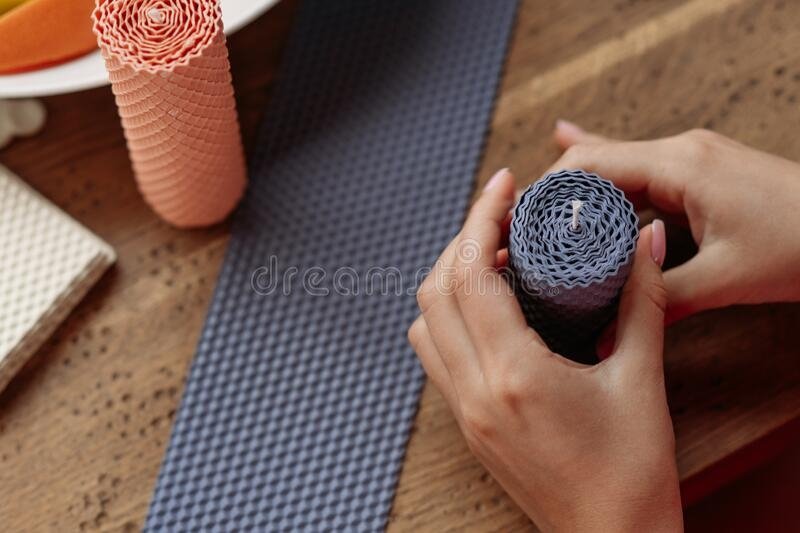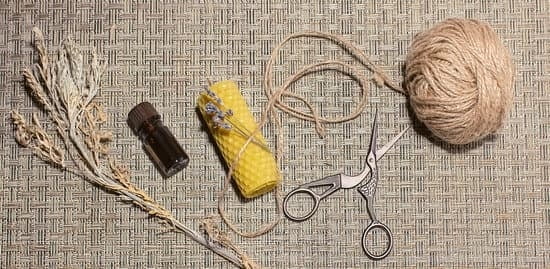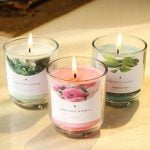There are a few things you can do to make your candles smell stronger. One is to make sure you’re using enough fragrance oil. Most candles need about 1-2 ounces of fragrance oil per pound of wax. If you’re not using enough, your candles will not smell very strong.
Another thing you can do is make sure your candles are burning correctly. If the wick is too short, the flame will not be big enough to heat the wax enough to release the fragrance. You can also try trimming the wick to about 1/4 inch.
If your candles still don’t smell strong enough, you can try adding a little bit of extra fragrance oil. Just make sure you don’t add too much, or your candles will start to smell like perfume.
How Do You Make High Quality Soy Candles?
The key to making high quality soy candles is to use a high quality soy wax. There are many different types of soy waxes available on the market, but not all of them are created equal.
When looking for a soy wax to use for your candles, be sure to select a wax that is made from 100% soybeans. The wax should also be GMO free, pesticide free, and herbicide free. It is also important to select a wax that is Kosher and vegan.
The soy wax you use for your candles should also have a low melt point. This will ensure that your candles burn evenly and release very little soot.
When selecting a fragrance oil for your soy candles, be sure to choose a oil that is made from essential oils and natural ingredients. The fragrance oil should also be phthalate free.
To make high quality soy candles, you will need the following supplies:
– 100% soy wax
– Fragrance oil
– Wick
– Candle tin
– Candle wick holder
– Scissors
– Measuring cups and spoons
To make your soy candles, you will first need to measure out the correct amount of soy wax needed for your project. The wax should be melted in a double boiler or a microwave.
Once the wax has been melted, you can add the desired amount of fragrance oil. Be sure to stir the wax well to ensure that the fragrance oil is evenly distributed.
Next, you will need to cut the wick to the desired length. The wick should be about 1 inch longer than the height of the candle tin.
Thread the wick through the wick holder and place the holder in the center of the candle tin.
pour the melted wax into the candle tin. Be sure to pour the wax slowly and carefully to avoid spilling.
Allow the candles to cool and harden before lighting.
What’S The Best Wax For Candle Making?
There are a few things you need to take into account when choosing a wax for candle making. The type of wax you use will determine the strength, burning time and appearance of your candles.
The most popular types of wax for candle making are paraffin wax and beeswax. Both have their advantages and disadvantages, so let’s take a look at each one in more detail.
PARAFIN WAX
Paraffin wax is a petroleum-based wax that is easy to work with and produces a strong, stable candle. It is also relatively cheap and comes in a variety of colors and fragrances.
However, paraffin candles can produce black smoke when burned and are not biodegradable. They can also be harmful to the environment if not disposed of properly.
BEESWAX
Beeswax is a natural wax made from the honeycomb of bees. It is a harder wax than paraffin, so it burns for longer and produces a brighter flame.
Beeswax candles also smell great and are biodegradable. However, they are more expensive than paraffin candles and can be difficult to work with.
So, what’s the best wax for candle making?
It really depends on your needs and preferences. If you want a strong, long-burning candle with a bright flame, then beeswax is the best option. If you are looking for a cheaper, easier-to-use wax, then paraffin is the better choice.
Can I Use An Infrared Thermometer For Candle Making?
The short answer is no. The long answer is that there is no definitive answer, as it depends on the specific application.
In general, infrared thermometers are not recommended for use with candles. This is because the heat of the flame can cause inaccurate readings. The infrared radiation from the flame can cause the thermometer to give a false reading, which can lead to inaccurate results.
However, there are some instances where infrared thermometers can be used for candle making. For example, if you are using a melt and pour soap base, then you can use an infrared thermometer to check the temperature of the soap. This is because the soap is not affected by the heat of the flame, and you can get an accurate reading.
If you are using a soy wax or beeswax, then you can also use an infrared thermometer to check the temperature. However, you need to be careful, as the wax can be affected by the heat of the flame. If you are not sure whether the wax will be affected, then it is best to err on the side of caution and not use the infrared thermometer.
Overall, infrared thermometers are not recommended for use with candles. However, there are some instances where they can be used, depending on the type of wax being used.
Which Soy Wax Is Best For Candle Making?
There are a few types of soy waxes on the market for candle making, and the type you choose will depend on the type of candle you want to make and your own personal preferences.
The most common type of soy wax is the all-purpose soy wax. This type of soy wax is easy to use and is a good choice for beginner candle makers. It has a medium melt point, so it’s good for making both container and pillar candles.
Another type of soy wax is the soy pillar wax. This wax is specifically designed for making pillar candles. It has a high melt point, which makes it resistant to burning too quickly.
If you want to make soy tarts or votives, you’ll need to use soy wax with a low melt point. These types of soy waxes are available in both all-purpose and pillar varieties.
So, which soy wax is best for you? It really depends on what you want to make. If you’re a beginner, the all-purpose soy wax is a good choice. If you want to make pillar candles, the soy pillar wax is the best option. If you want to make soy tarts or votives, you’ll need to use a soy wax with a low melt point.

Welcome to my candle making blog! In this blog, I will be sharing my tips and tricks for making candles. I will also be sharing some of my favorite recipes.

